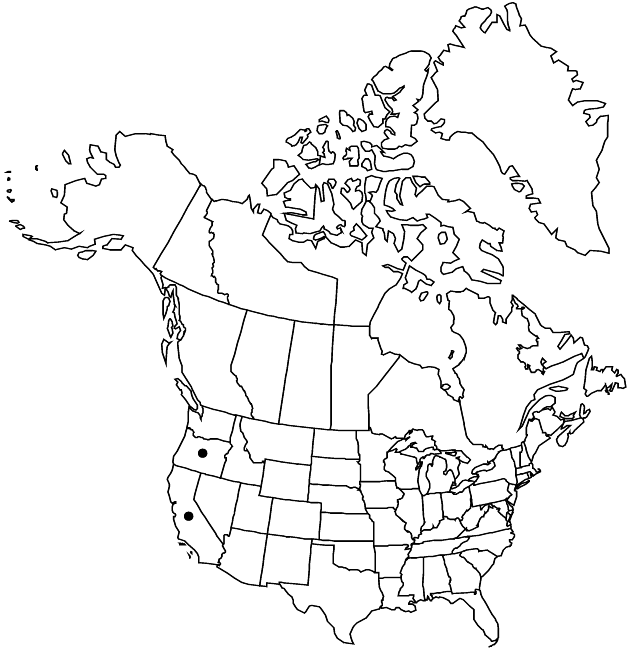familyAsteraceae
genusHemizonia
speciesHemizonia congesta
subspeciesHemizonia congesta subsp. clevelandii
Hemizonia congesta subsp. clevelandii
Univ. Calif. Publ. Bot. 13: 48. 1924.
Basionym: Hemizonia clevelandii Greene Bull. Torrey Bot. Club 9: 109. 1882
Treatment appears in FNA Volume 21. Treatment on page 292.
Revision as of 20:39, 16 December 2019 by FNA>Volume Importer
Leaves hirsute to villous and often hispidulous or strigose, all or distal usually stipitate-glandular. Heads in spiciform-racemiform to spiciform-paniculiform arrays. Peduncles 0 or 1–4 mm, bracts not or barely surpassing phyllaries. Calyculi 0. Phyllaries 3–7 mm, apices usually shorter than bodies. Ray florets 5–8; laminae white, abaxially purple-veined. Cypsela widths 0.6–0.75 times lengths. 2n = 28.
Phenology: Flowering Jun–Nov.
Habitat: Dry sites, grasslands, openings in chaparral and woodlands
Elevation: 40–1600 m
Discussion
Subspecies clevelandii occurs in interior habitats from southern North Coast Ranges in California to northern Klamath Ranges in southwestern Oregon.
Selected References
None.
Lower Taxa
None.
